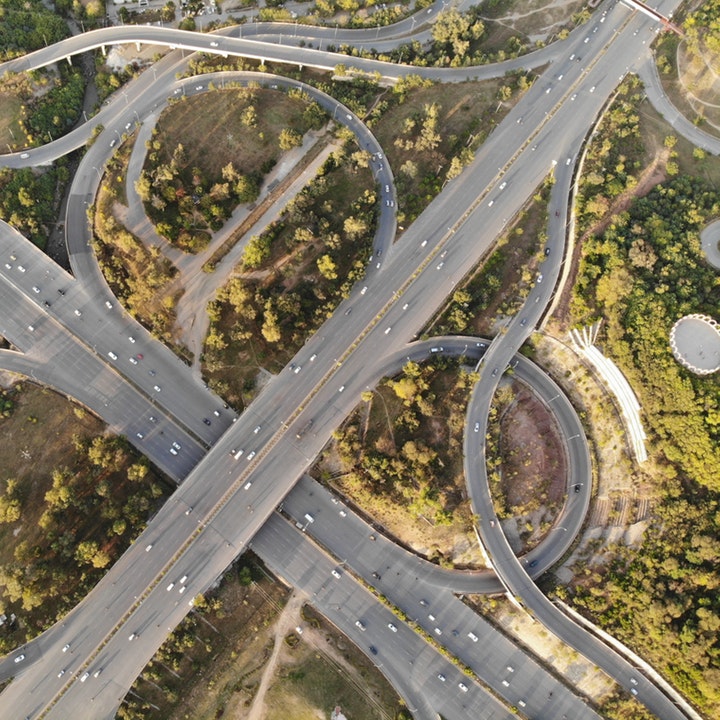When Southern California’s local mountain lion celebrity, P-22, crossed two freeways to gain access to a new park, it became clear that the local species needed more space to roam. Conservationists and transportation officials hope that a mostly privately funded wildlife crossing will give the mountain lions, coyotes, deer, lizards, snakes, and other animals safe access to food and potential mates.
CBS News reports that the overpass will be the first of its kind near a major city and the largest in the world, extending 200 feet above ten lanes of traffic and a feeder road just 35 miles northwest of downtown LA in Agoura Hills, which an estimated 300,000 cars drive through a day. The first wildlife crossing in California opened last October near Temecula, but they are popular across western Europe and in Canada.
Scientists tracking the mountain lions with GPS collars found that the highways are trapping the animals in the Santa Monica Mountains, which stretch from the Malibu coast to Griffith Park, where P-22 currently prowls.
Beth Pratt of the National Wildlife Federation told The Associated Press that, “When the freeway went in, it cut off an ecosystem. We’re just now seeing impacts of that.”
One consequence is the isolation of local mountain lions, which could face extinction within the next 15 years and has been driven to inbreeding due to habitat loss.
The $87 million bridge is in the final design phase and on schedule to break ground within two years and be completed by 2023, according to Sheik Moinuddin, project manager with the California Department of Transportation. Officials say that construction will occur at night and will not result in lengthy shutdowns of the 101 freeway.
80 percent of the project funding will come from private sources and CalTrans is hopeful that it will inspire other conservation-based philanthropists across the state. More than $13.5 in private funding has already been raised and officials are considering offering naming rights to an individual or entity that makes a significant donation. The remaining 20% will be drawn from public funds already allocated for conservation projects.
P-22 is unlikely to cross the wildlife overpass since he’s made a home in a park many miles away, but Pratt says his relatives will benefit. Clark Stephens, an Architect with the Resource Conservation District of the Santa Monica Mountains, said he is working with biologists and engineers on designs that will block sound and light from the freeway so that from the animal’s perspective the topography of the bridge is indistinguishable from the scenery on either side. Stephens’ design will total about eight acres, with the bridge occupying around one acre.
“Ideally the animals will never know they’re on a bridge,” Stevens said, adding, “It’s landscape flowing over a freeway. It’s putting back a piece of the ecosystem that was lost.”





